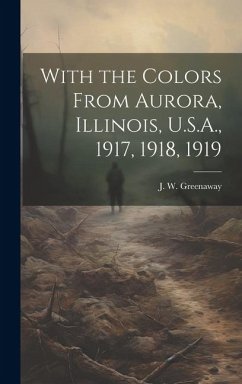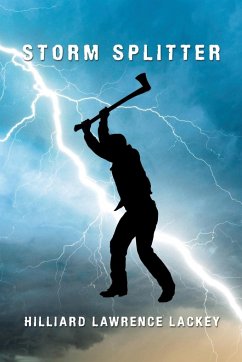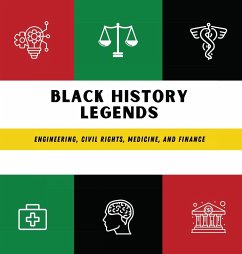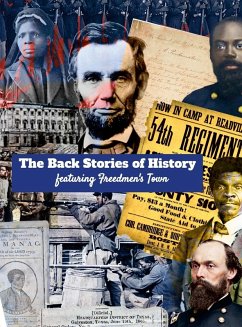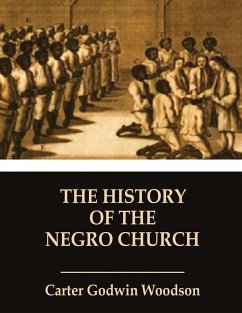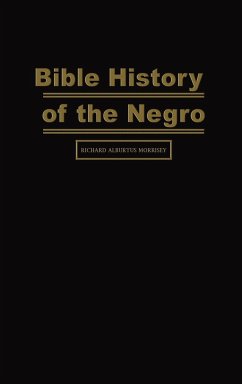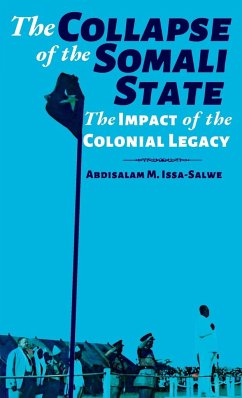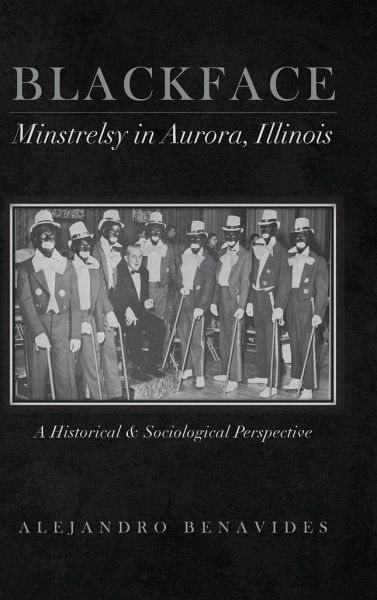
Blackface Minstelsy in Aurora, Illinois
Versandkostenfrei!
Versandfertig in 1-2 Wochen
19,99 €
inkl. MwSt.

PAYBACK Punkte
10 °P sammeln!
Blackface minstrelsy is a sensitive subject associated with racism and stereotypes of African Americans. It is well-documented in the archives of American history, as well as in those of Aurora, Illinois. The images and photographs in this book are intended strictly to chronicle the history and optics of blackface minstrelsy in the United States and Aurora. It is not the intent of the author to offend or defame. As uncomfortable as the subject and images are, blackface minstrelsy is a part of American history. However, its history cannot be told in isolation; of equal importance are the social...
Blackface minstrelsy is a sensitive subject associated with racism and stereotypes of African Americans. It is well-documented in the archives of American history, as well as in those of Aurora, Illinois. The images and photographs in this book are intended strictly to chronicle the history and optics of blackface minstrelsy in the United States and Aurora. It is not the intent of the author to offend or defame. As uncomfortable as the subject and images are, blackface minstrelsy is a part of American history. However, its history cannot be told in isolation; of equal importance are the social dynamics of the time, and the mass media's use of stereotype images and songs. How could the negative portrayal of African Americans on stage to entertain be acceptable? It was not surprising, considering the societal norms during the era. The Midwest city of Aurora was a microcosm of American society, encapsulating the country's shared expectations of acceptable behaviors by groups. Hence, what happened in Aurora was a mimicry of that in the United States as a whole. Included in the book is a demographic narrative of Aurora's early African-American citizenry during the time blackface minstrelsy was being performed . The legacy of blackface minstrelsy in America is a complex and controversial subject associated with negative stereotype images and behaviors of African Americans being portrayed on stages, songs, radio, films, and television. Deliberate or not, it created and reinforced racist stereotypes, functioning as a cultural transmitter of racism against African Americans. The social curtain on blackface minstrelsy finally closed in the mid-1960s, relegated to the pages of history.




